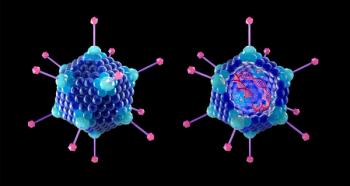
Gene therapy is enormously complicated, inefficient and slow. Early tests of a newly developed machine learning model show how much faster, and more efficient, it might be.


Gene therapy is enormously complicated, inefficient and slow. Early tests of a newly developed machine learning model show how much faster, and more efficient, it might be.

The key to lowering gene therapy costs – and getting treatments to where they are most needed – could be making them in middle- low-income countries, argue the authors of a recent commentary in Nature.

Humira and Sterlara are still the mainstays of spending, but Vizient that expenditures on drugs that treat genetic disorders will climb to $25 billion in 2026,

The intent is for both parties to share information that will enhance the agency’s efficiency and quality of reviews.
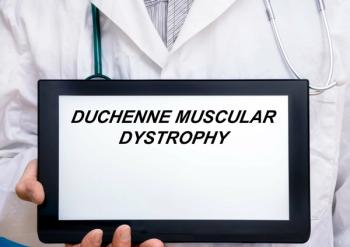
A number of physicians experienced in treating DMD across the nation contributed to this article recently published in the Annals of the Child of Neurology Society.

Denmark has also set up a reimbursement arrangement for Hemgenix, which has a list price of $3.5 million in the U.S.
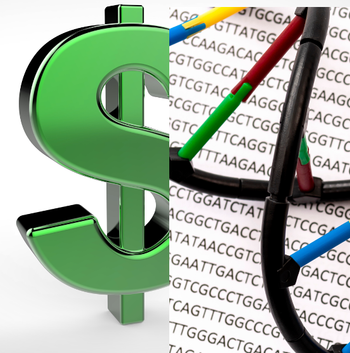
Gene therapies are incredibly expensive and tend to benefit small numbers of people, a combination that presents myriad financing challenges for patients, providers, payers and producers. A new study explored some of the options.
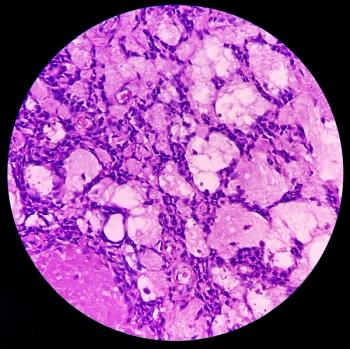
The application for afami-cell to treat patients with advanced synovial sarcoma is the first engineered T-cell therapy for solid tumors submitted to FDA.

The FDA has approved Lyfgenia and Casgevy to treat patients with sickle cell disease. Casgevy is the first FDA-approved gene therapy to use the CRISPR gene editing technology.

Two investigational therapies for Rett syndrome, using different technologies, aim to control expression of the delivered gene and avoid the adverse events associated with conventional gene therapy.

Paying in installments with adjustments according to how well a gene therapy works is one way payers are coping with therapies with list prices in millions of dollars.

A new gene therapy administered directly to the brain aims to preserve dopamine neurotransmission in patients with multiple system atrophy.

Payers must be early adopters of managing genetic testing through DEX Z-Codes, combined with science-based policies and policy adherence and claims editing technology.
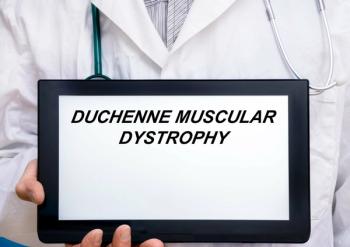
Sarepta Therapeutics plans to submit an application for full approval of Elevidys to treat all ages of patients with Duchenne muscular dystrophy. Company officials said the FDA is open to evaluating the application based on the totality of the evidence.
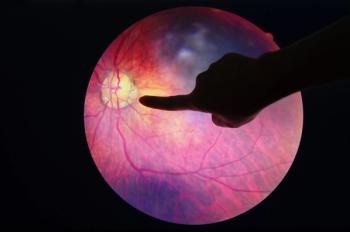
Many carriers reported feelings of concern, anxiousness, and guilt for passing the X-linked inherited retinal disease to their children—and 78% of respondents in a new study believe that carriers should have access to gene therapy options.

RP-L201 (marnetegragene autotemcel) is a one-time gene therapy that delivers a functional copy of the ITGB2 gene, which provides instructions for immune response to infections. The Prescription Drug User Fee Act (PDUFA) target action date is March 31, 2024.

Researchers at the Yale School of Medicine have invented a new delivery technology that has the potential to create one-time treatments for a range of neurological disorders.